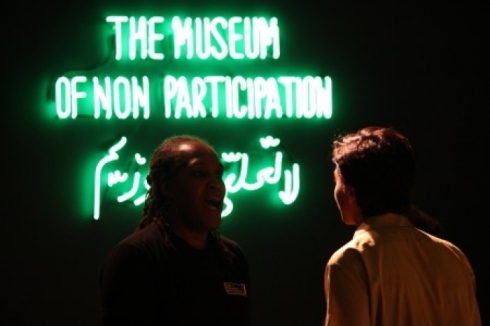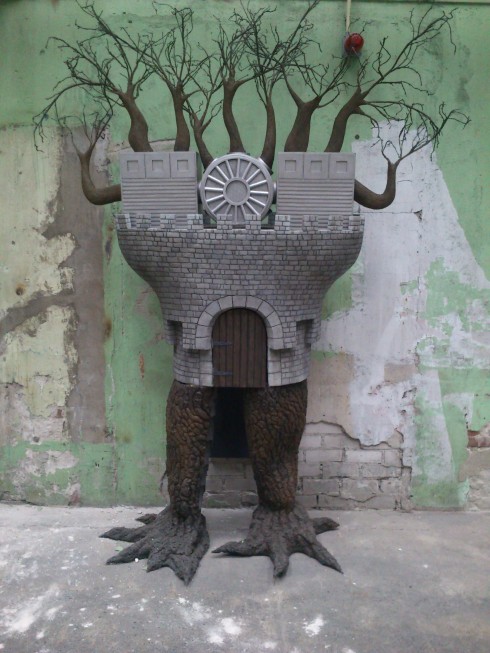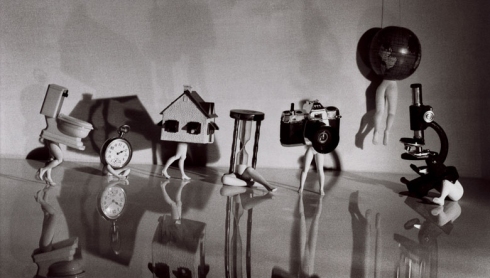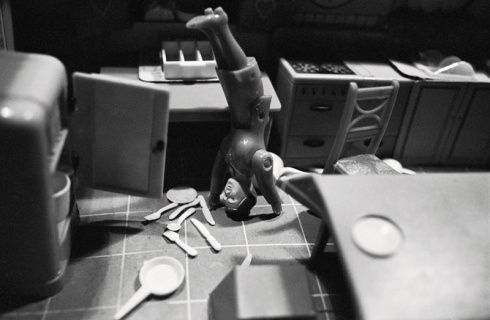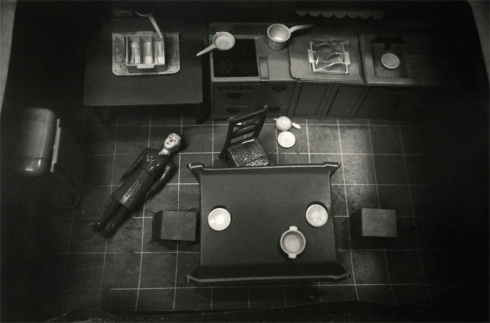The Museum of Non Participation confronts (non) participation and the socio-political in art works. ‘Non Participation’ is not a negation, it is a threshold—a political plastic that expands and contracts, that is both unstable and malleable. This is an international neoliberal life condition, frequently (un) consciously exercised in the excess of one’s own society, often gained at the expense of another’s nameless plight elsewhere. Whilst locally it can be witnessed, for example, in the moment urgent social issues are both recognized and simultaneously ignored or rejected. It is also a structure including, in the UK, the filtering of government and corporate policies and agendas through the arts and arts funding.
Museums interrelate hierarchy and exclusion, social critique and (post) colonization. So The Museum of Non Participation embeds its institutional critique in its very title — yet it releases itself from being an actual museum. Instead it travels as a place, a slogan, a banner, a performance, a newspaper, a film, an intervention, an occupation— sitautions that enable this museum to “act.” Thus the Museum of Non Participation does not disavow art objects, but it is driven to dislodge them from their central position within the field of art. To choose to look past the art object to the etymology of “object,” from the Latin obicere, meaning to present, or oppose, cast or throw in the way of.
This Museum explores obicere through multiple, ephemeral processes: artworks as well as events and actions that neither the founding artists nor museums possess through sole authorship. In a similar vein, The Museum of Non Participation approaches “collecting” as not merely assembling objects, but as an act that assembles and ushers forth action and agency and does so through disruption. It asks how withdrawal can be made visible? how can ‘non participation’ be active and critical?
The Museum of Non Participation is one aspect of Karen Mirza and Brad Butler’s wider artistic practice, an investigation of the terms and conditions of images, objects, collaboration, dialogue and the social.
